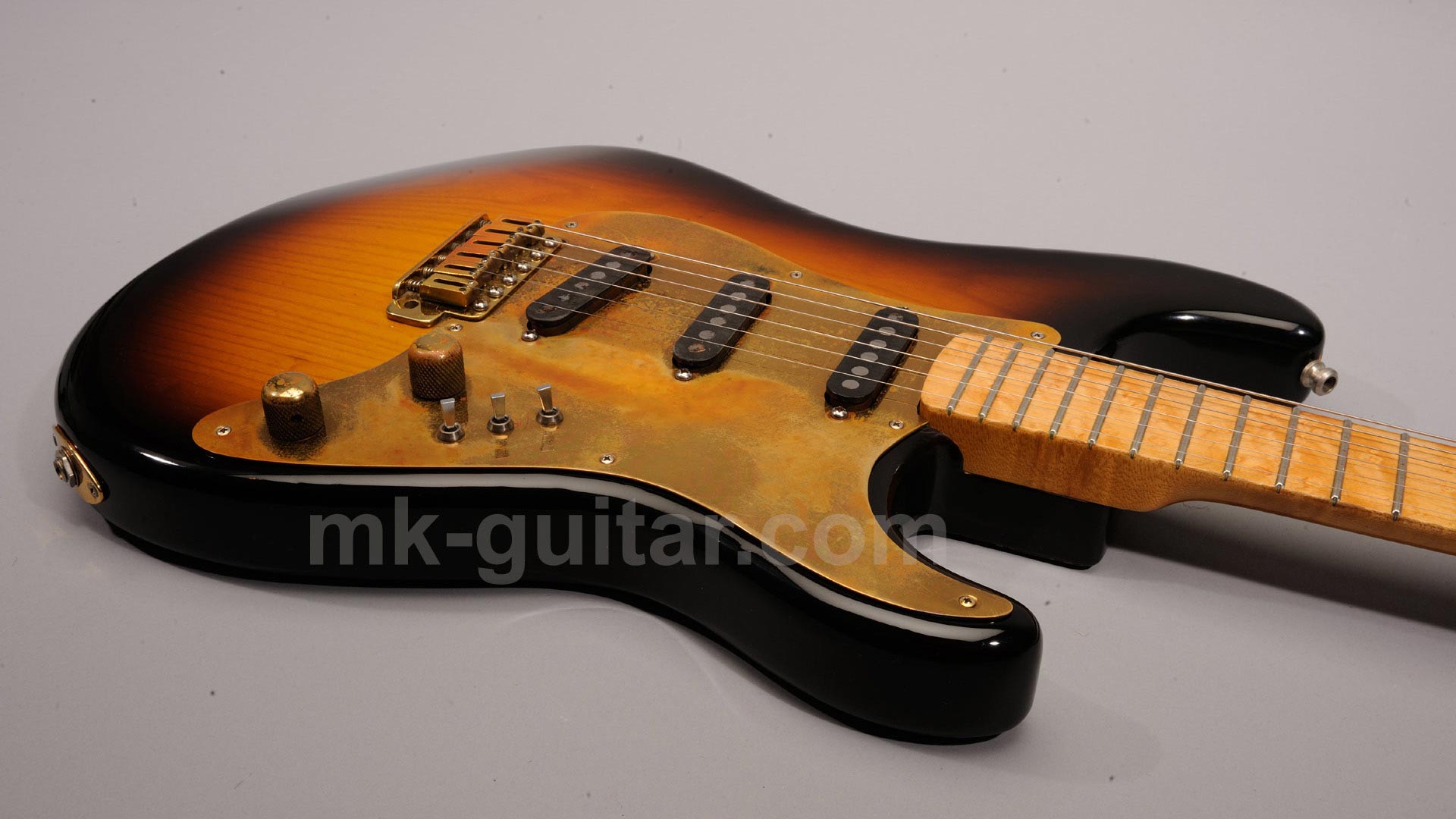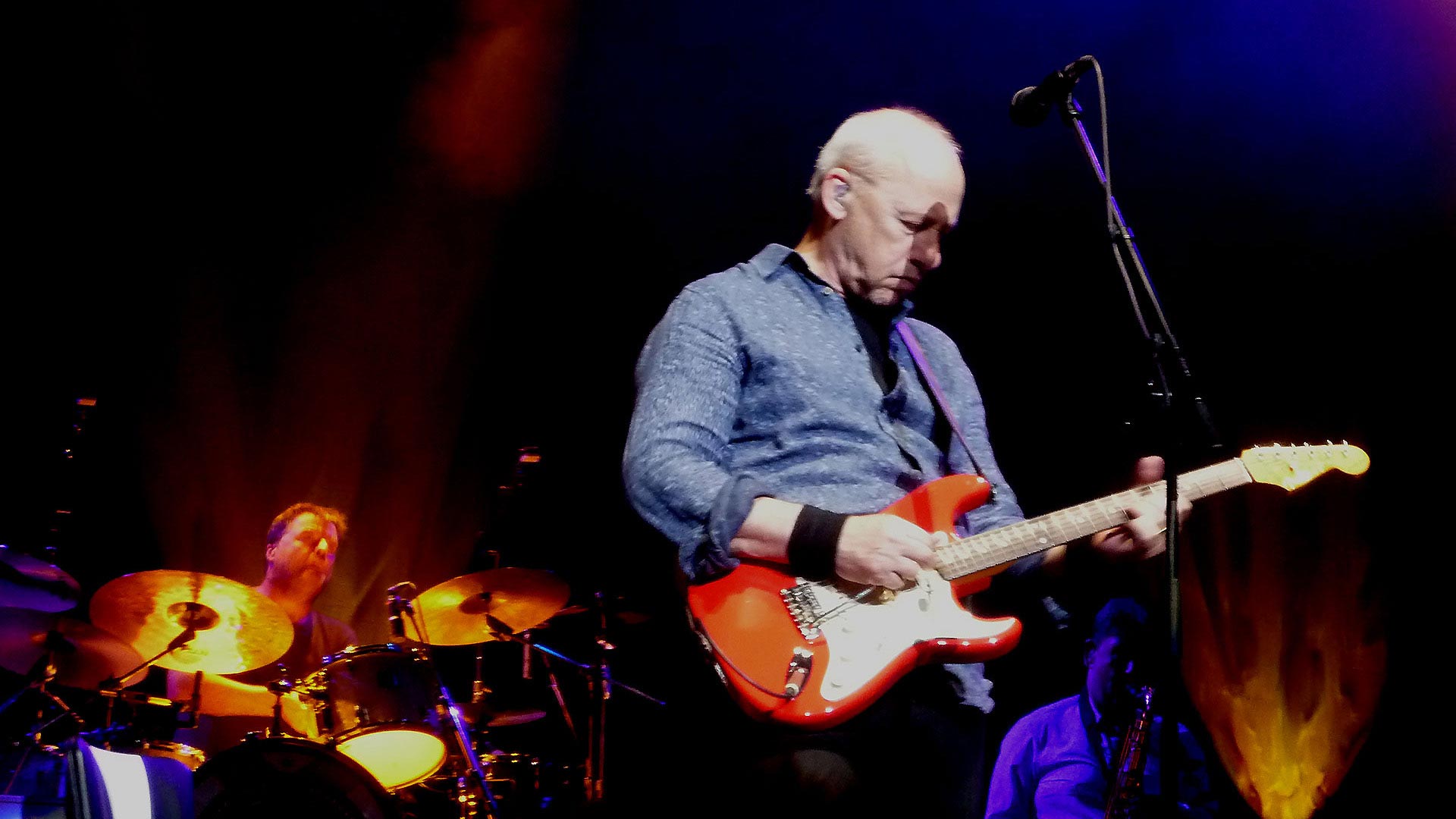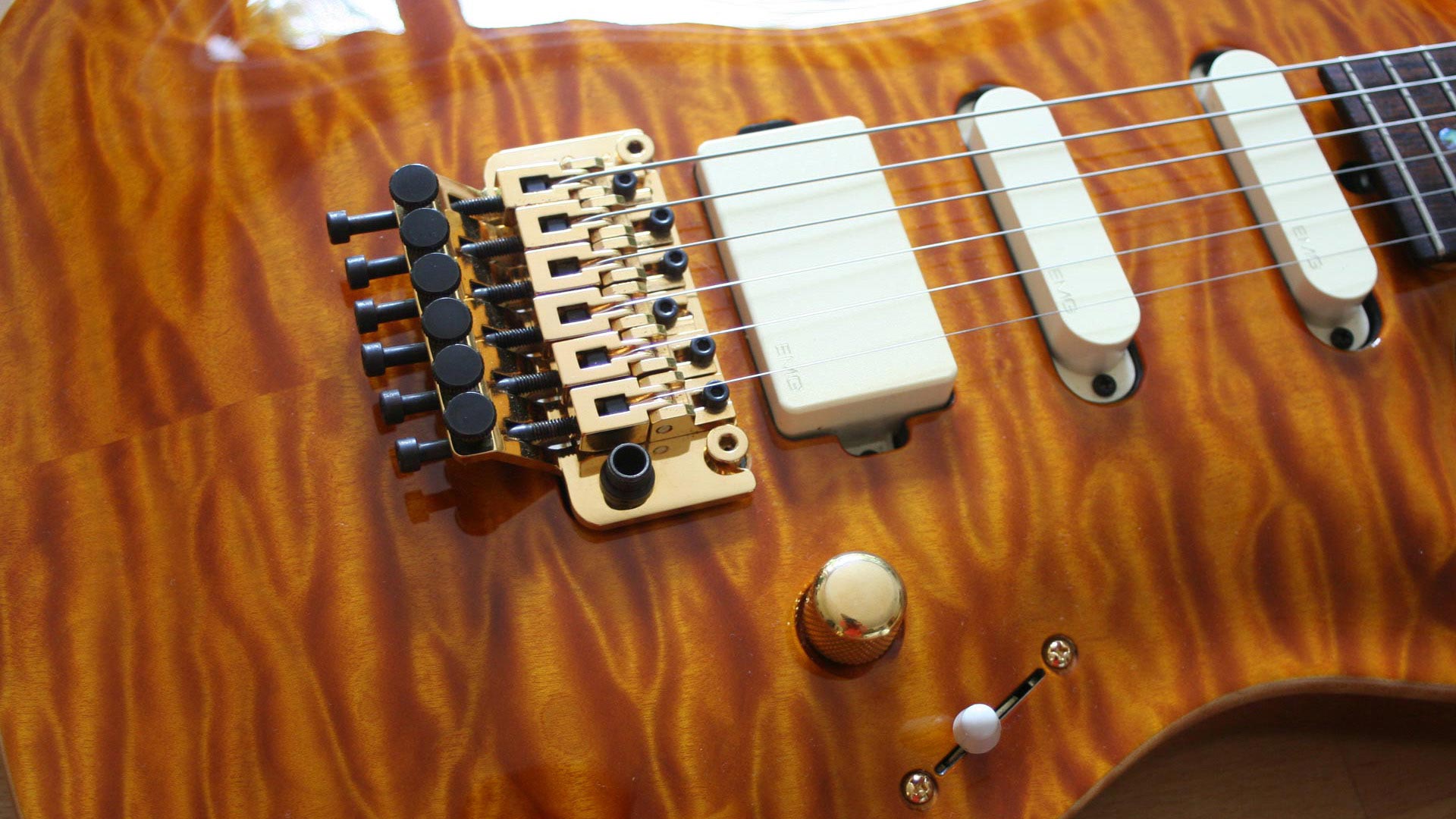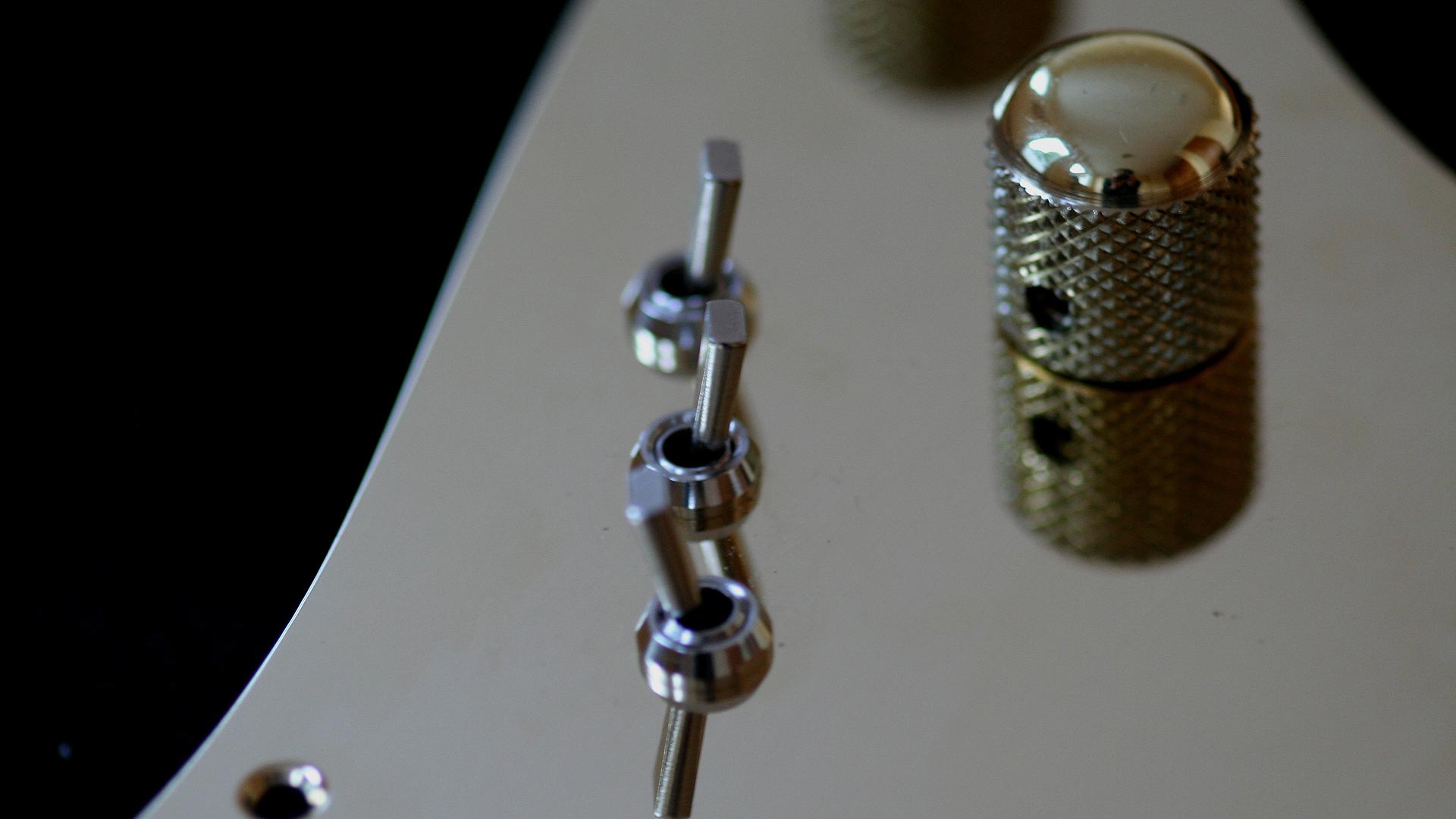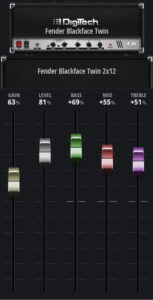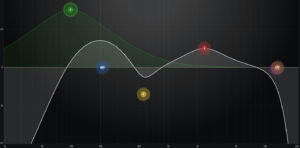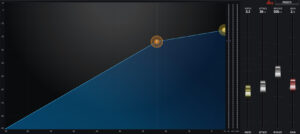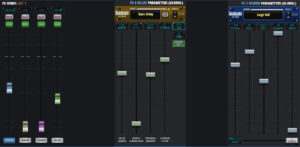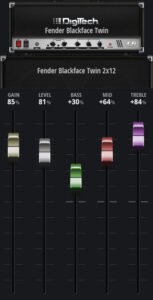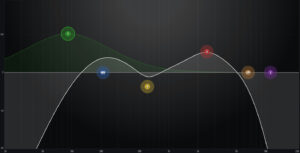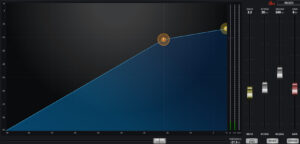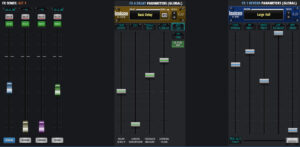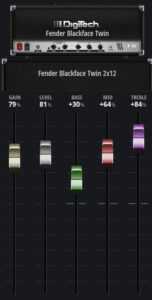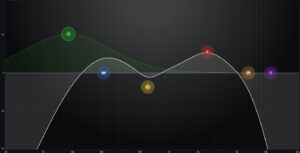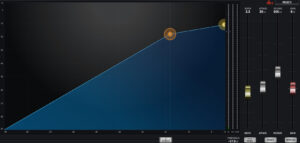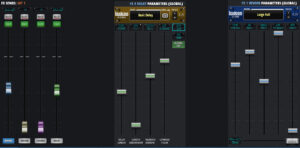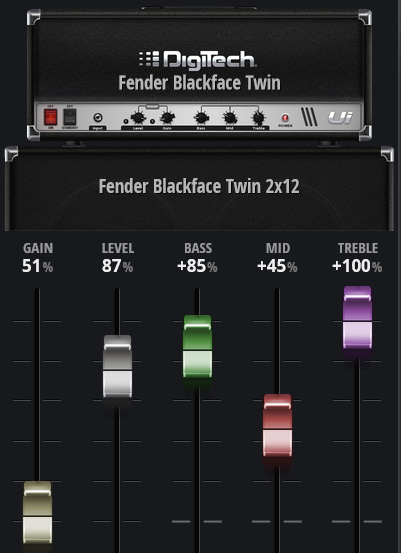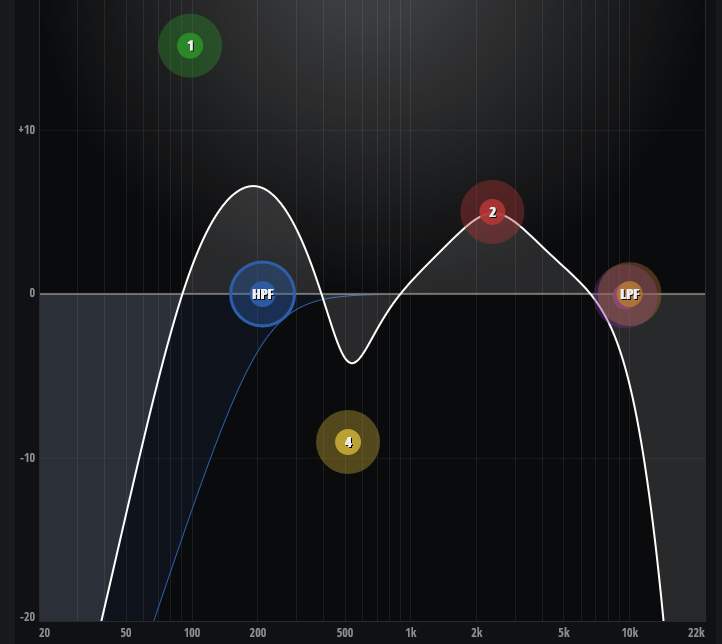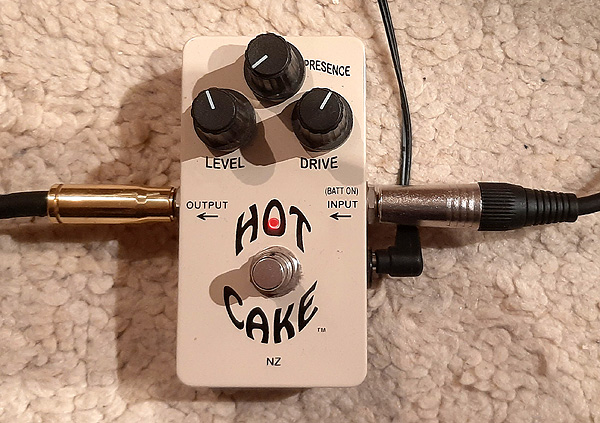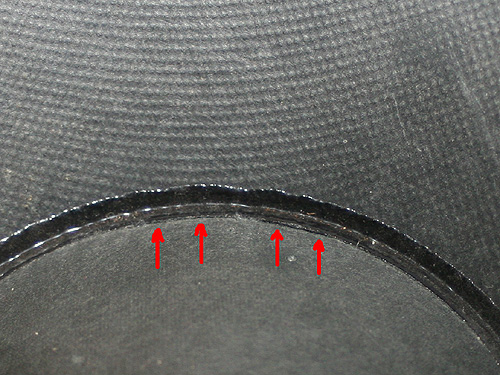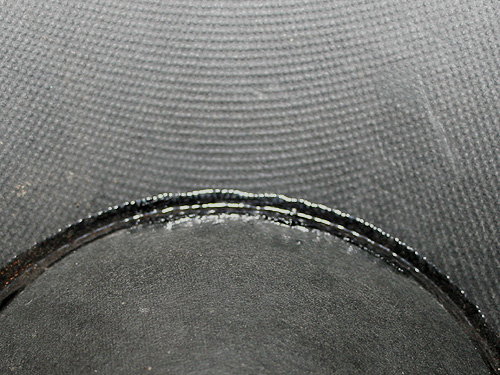Doubling Guitar Riffs for a fatter and wider sound – Comparing different ways
Here is a video I made to demonstrate the use and the different sound effect of different ‘doubling techniques’. Doubling is nothing too fancy or secret but a common studio recording technique. Still it might be interesting not only for beginners as each of the different approaches leads to different results which are compared in ths video.
To judge the stereo effect it is best to listen to the sounds with headphones!
The guitar sound I dialed in is a bit similar to the Dire Straits classic Money for Nothing. On this song all three of these doubling techniques were actually used I think. The intro was doubled with about 15 ms delay. Note that this delay can be achieved with a delay effect, or with two microphones, one close to the amp and the other some meters away (15 ms delay equals about 5 meters distance). I guess Mark used a delay as with a 2nd microphone at such a distance the sound of that signal will be a bit different due to the higher amount of room sound. Later in the song a second guitar comes in, both being panned to the different stereo channels.
The guitar I am playing here is an Erlewine Automatic from 1983. It is similar to the one that Mark Knopfler played on e.g. Industrial Disease, however this is a cheaper edition that Erlewine had produced to his specifications in Japan. Most of these have only one pot, no tone pot like this one has.
The trick for this sound was rolling back the tone pot completely. Something a reliable source once told me Mark also did for Money for Nothing, the Wah to boost midrange was something he did later I think.
The Hot Cake distortion effect sounds really nice for this sound. Mark uses it as well, however there is no reliable information when he used it for which tracks.
